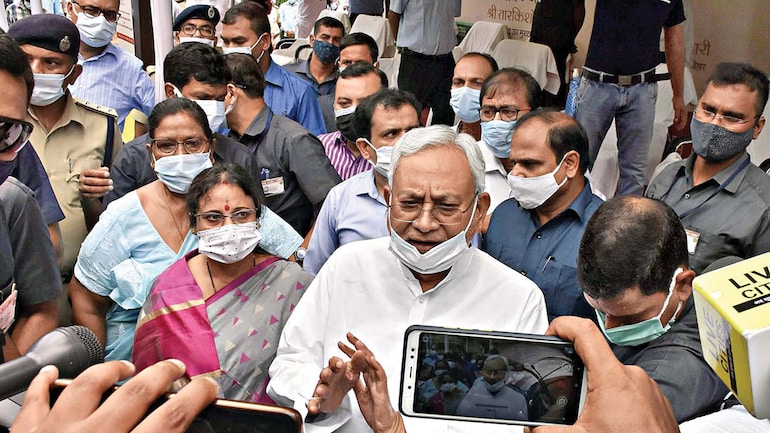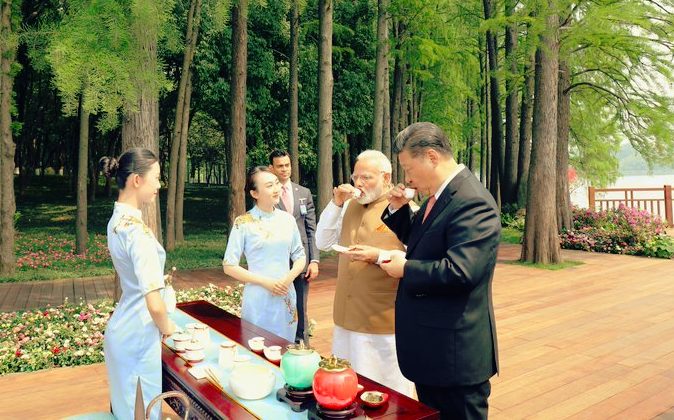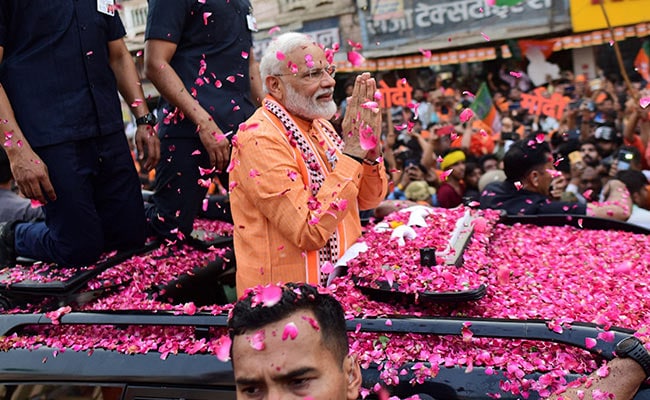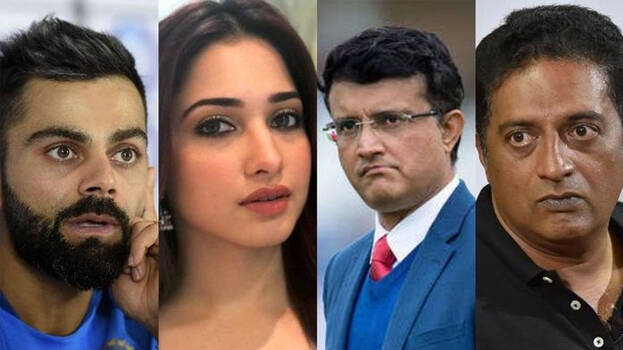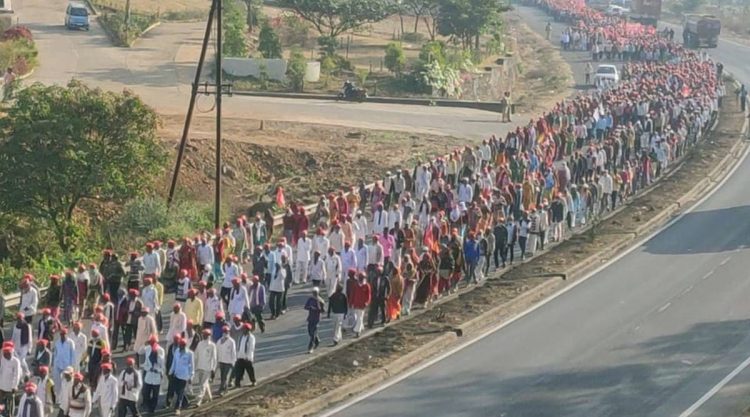On Monday morning, an 11-party delegation from bihar met Prime Minister Narendra Modi to discuss the possibility of caste being included in census counting in 2022.
11-party delegation from Bihar headed by Chief Minister Nitish Kumar joined by RJD leader Tejashwi Yadav and representatives of many other parties, including the BJP, and both leaders made a strong push for counting the population on the basis of caste.
[splco_Shortcodesspacer]
The debate on whether or not include caste in the census activity has been going on for a while.
The government’s stand till date is that caste should not be made part of the census.
In July this year, Nityanand Rai, the Minister of State for Home Affairs, had stated in a written reply to a question in Lok Sabha, “The Government of India has decided as a matter of policy not to enumerate caste-wise populations other than SCs and STs in the census.”
Caste Census is the demand to include the caste-wise tabulation of India’s population in the upcoming exercise.
Caste, a formidable cultural foundation of the Indian society, was last included in the Census of India back in 1931. At that time the exercise was performed by the British.
The practice was stopped by the British with the 1941 Census, citing financial constraints. The Indian government did not pick up the dropped parameter.
While India publishes separate data on Scheduled Castes (SC) and Scheduled Tribes (ST), since the first exercise in independent India in 1951, the Census does not include data on other castes.
The demand for a caste census arises from the fact that there is no documented data on different castes within the Other Backward Classes (OBC) in India, and other classes.
While this data is currently available for SC and ST population, the OBC population is estimated widely as per the number noted by the Mandal Commission at 52%.
The demand to include caste in Census is not new. The debate heats up almost every decade in the run up to the activity.
The UPA-II government led by former Prime Minister Manmohan Singh gave in to the demands and conducted a caste census in 2010 along with the socio-economic census.
However, there were discrepancies found in data from almost 25 percent of the households part of the exercise.
The public data eventually released gave numbers of different castes in India but not the population-wise data as was the demand.
While it is said that caste was removed from census activity with a view that it promotes divisiveness, advocates of its inclusion believe that the activity will be a pro-poor exercise which will help plan better and more targeted welfare schemes in the country.
As pointed out be CM Kumar earlier in 2021, “If we know the exact number, we can work towards their betterment.”
Some proponents also suggest that a Caste Census will also help reservation policy makers have a more accurate idea of the affirmative action needed.

